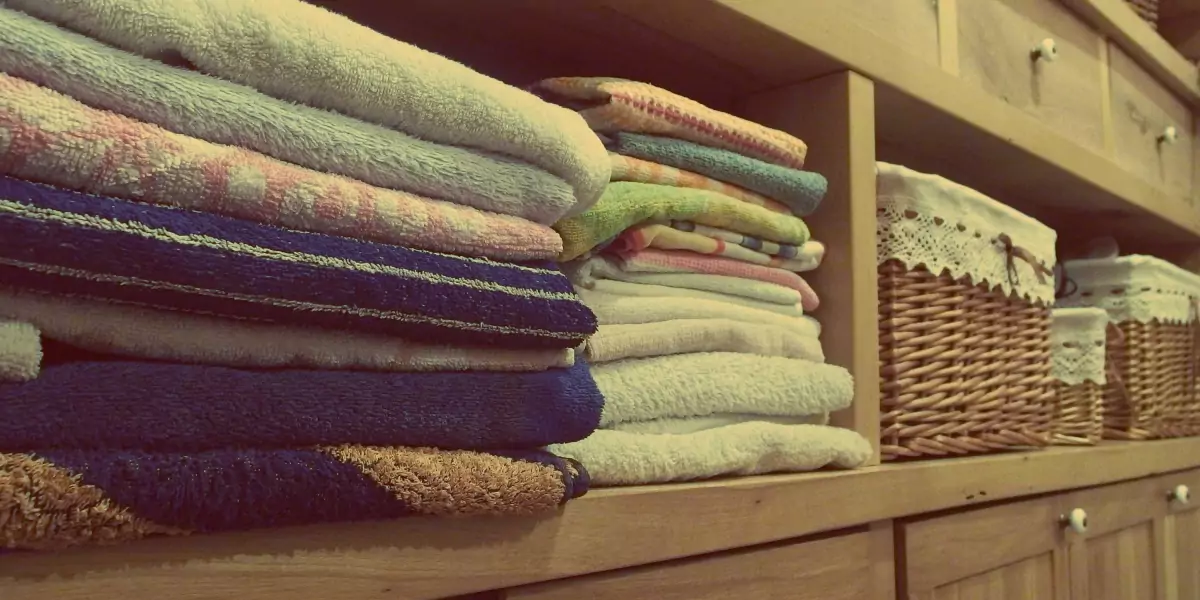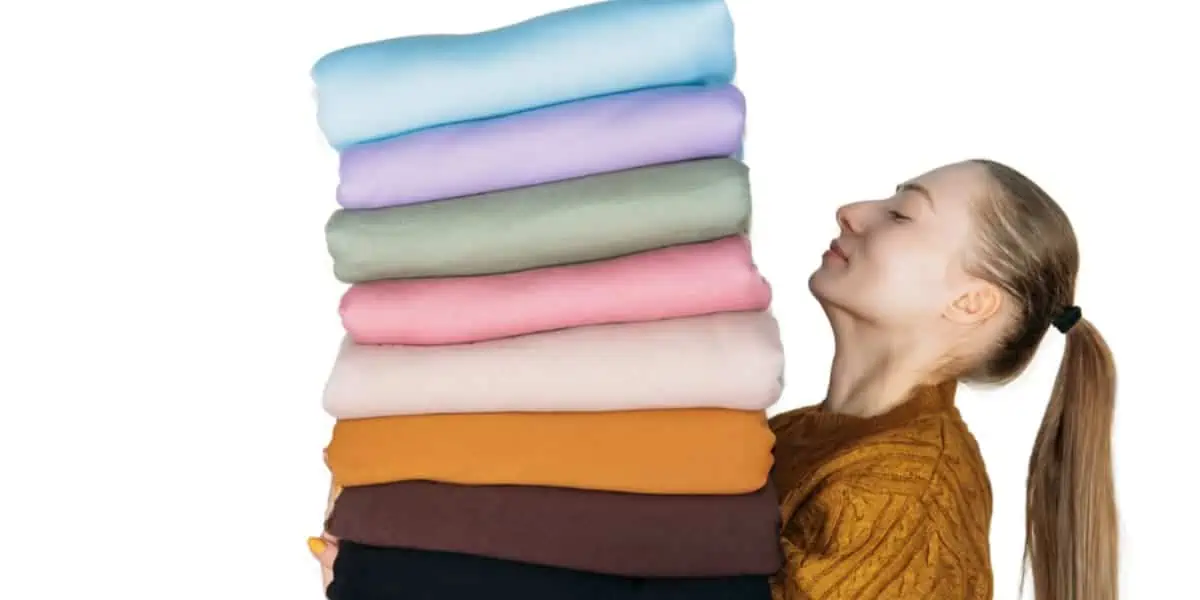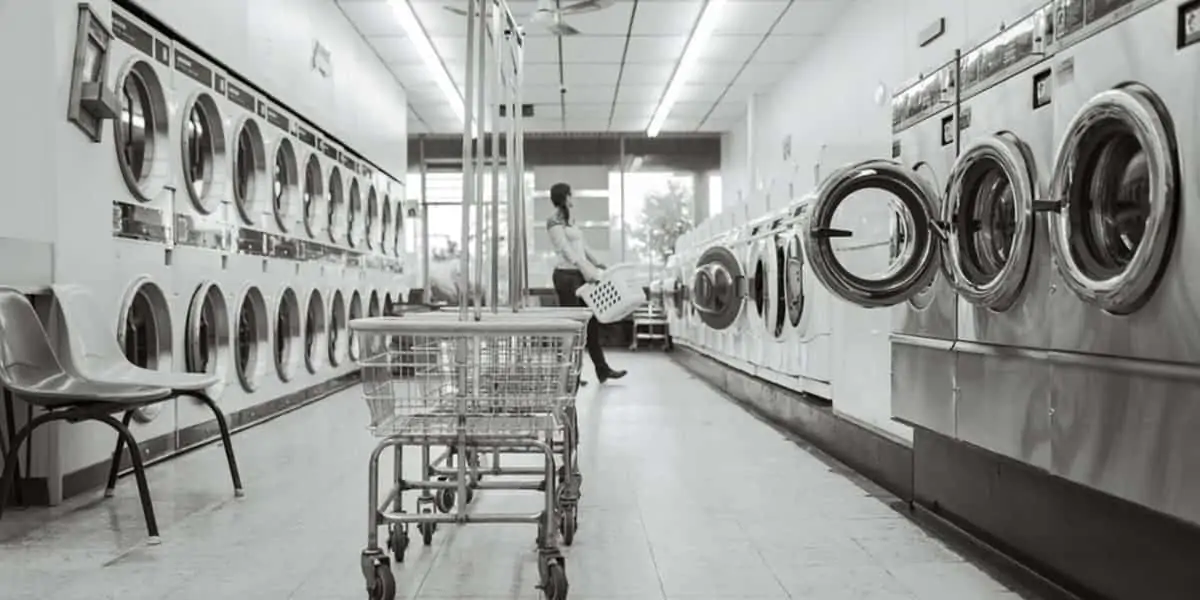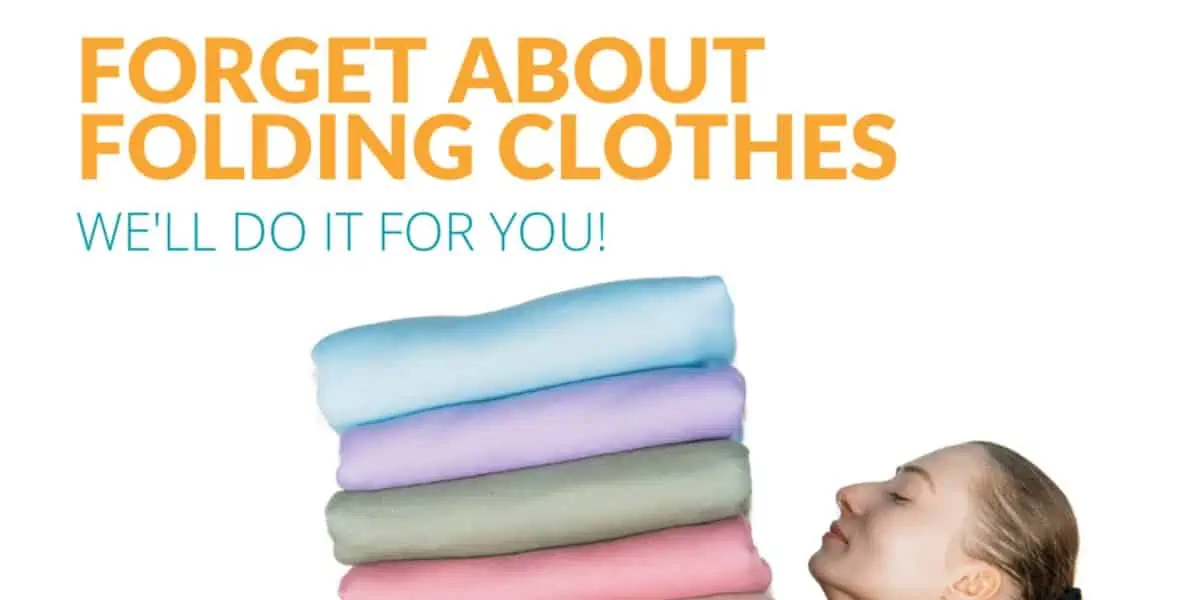Fabric pilling is the ugly bobbles of fuzz or tiny knots of thread that appear in garments. They can turn your pair of trousers into an unsightly mess. Pills often form due to abrasion or rubbing during normal wear and use.
In fact, according to laundry experts, pilling is one of the most common problems with clothing. If you have ever worn cloth and noticed that it looks like someone took a pair of tweezers and pulled out small, wispy strands of cotton, you are experiencing pilling. So, what causes fabric pills, do you need a special pilling remover, and how do you prevent them? Read on to learn.
What causes Fabric Pilling?
Fabric pilling is a common issue that affects many types of textiles, including clothing, upholstery, and bedding. There are several factors that can contribute to fabric pilling, including friction, heat, and moisture.
Friction
The first factor that contributes to fabric pilling is friction. This typically occurs when fabrics rub against one another or against other surfaces like a couch or chair. Over time, this repeated friction causes small fibers on the surface of the fabric to break off or become damaged.
Heat
Another factor that can contribute to fabric pilling is heat. Textiles that are exposed to high temperatures over time may begin to pill as the fibers become brittle and more prone to damage. This can be especially problematic for delicate fabrics like silk or wool.
Moisture
Finally, moisture can also contribute to fabric pilling. For example, fabrics that are frequently exposed to moisture from rain or sweat may begin to pill over time as the fibers become weak and damaged. To prevent this from happening, it is important to protect textiles from exposure to excessive moisture whenever possible.
How to Remove Fabric Pilling

When your favorite sweater or pair of pants starts to develop unsightly pilling, it can be tempting to toss them out and buy a new set. However, there are several effective ways to remove fabric pilling that can restore the appearance of your clothing and extend its lifespan.
The first step in removing fabric pilling is to identify what is causing the pills to form in the first place. Fabric pilling typically develops as a result of friction between the surface of the fabric and other objects. For example, when you wear a sweater repeatedly against your skin or brush up against other items in your closet. This type of wear and tear can damage the fibers of your garment, causing small balls of fluff to form on its surface.
There are several different methods for removing these pesky pills from fabric. One option is to use a specialized tool such as an electric sweeper or special pill remover that uses heat or vibration to gently break down the pills without damaging the rest of your garment. Another approach is to use some common household items, such as a disposable razor or even sandpaper, to gently shave down any fluff sticking out from the surface of your fabric. So. You don’t need a special fabric pilling remover.
Ultimately, using the right method for removing fabric pilling will depend on both the type of material and its condition. So it’s important to consult with an experienced tailor or fabric care expert before attempting any DIY methods at home. With careful attention and some patience, however, you can restore your favorite clothes and keep them looking great for years to come.






